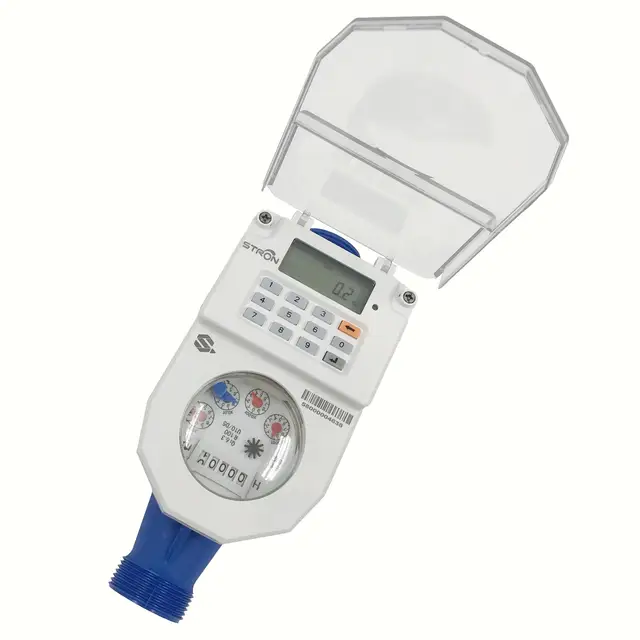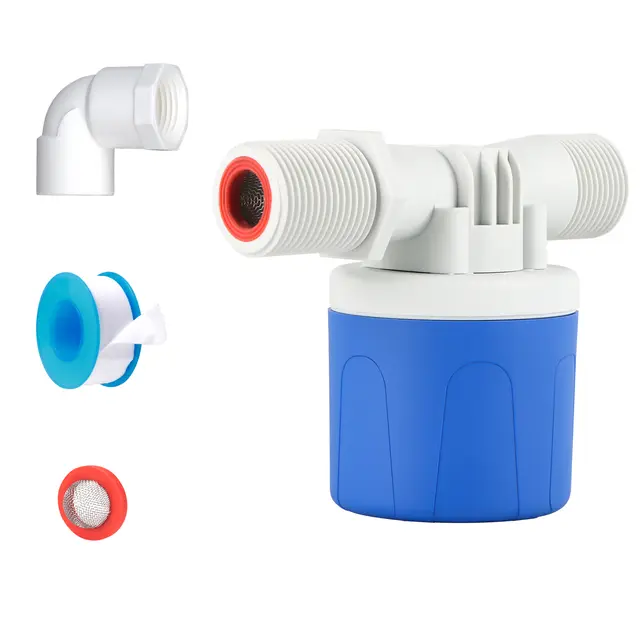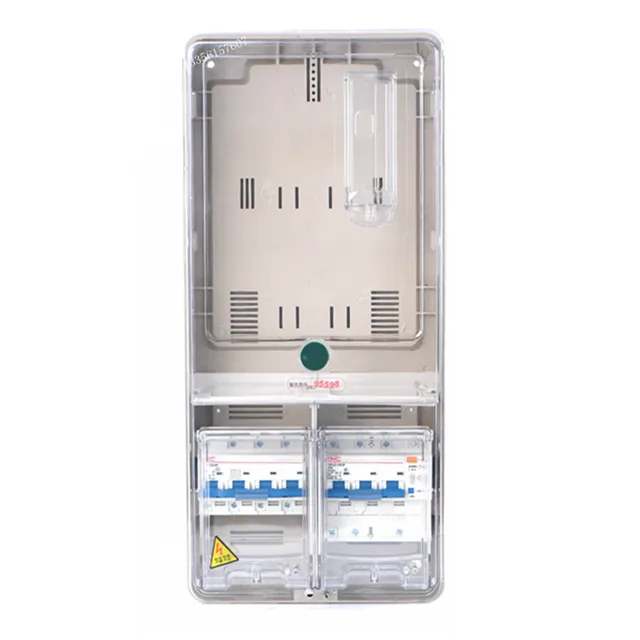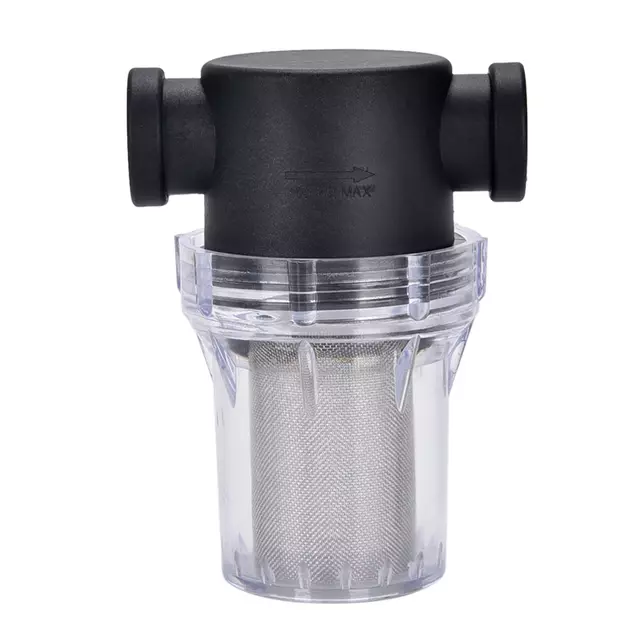After all, combining alcohol with prescription blood thinner can cause uncontrollable bleeding, externally or internally. So, how do you handle alcohol and stop bleeding risks for someone on blood thinners? Because alcohol acts to thin your blood, it’s never a good idea to drink too much of it while you are taking prescribed blood thinners. It’s even worse to mix alcohol, a prescribed blood thinner, and Aspirin or Advil. Overdoing the alcohol, taking aspirin, and taking your blood thinner as prescribed can lead to internal bleeding.
Drinking alcohol in moderation may have a protective effect on your blood vessels. Some research finds that alcohol increases levels of high-density lipoproteins (HDL, aka “good cholesterol”). This healthy type of cholesterol helps protect your arteries and prevent the blood clots that can lead to heart attacks and strokes. Platelets are small cells in the blood that are essential for clotting. When you cut yourself or experience an injury, platelets help to form a plug at the site of the injury to stop the bleeding. Alcohol consumption can reduce the number of platelets in your blood, making it more difficult for your body to form a blood clot.
Ordering up a mocktail to enjoy the flavor is a great way to be social without the health risks. Long-term drinking may lead to various cancers, high blood pressure, stroke, heart disease, digestive problems, or liver disease. It may also cause a person to develop anxiety or depression, learning and memory problems, social problems (lost productivity or employment), or have family problems. If you drink to excess on a regular basis, you run the risk of excessive bleeding or even a bleeding stroke, even if you stop taking your blood thinners for a time. Additionally, some medications, such as Coumadin (warfarin), interacts badly with alcohol. Does alcohol have beneficial effects by thinning your blood down?
Lifestyle Quizzes
Research suggests that in low to moderate amounts, alcohol may have blood-thinning effects due to it reducing platelet function. However, higher amounts of alcohol consumption may have the opposite effect and increase the risk of blood clotting. Additionally, thinning the blood can reduce the body’s ability to fight off infections, as the oxygen-carrying capacity of the blood is reduced. They will be able to advise you on the best course of treatment to reduce your risk of developing blood clots or other health problems.
Moderate vs. Excessive Consumption: Differentiating the Impact of Occasional and Heavy Drinking
But if you do want to imbibe every once in a while, moderation is key, Maus says — both in terms of how much you’re drinking and how frequently. “Drinking on an empty stomach can spike blood sugar, which could also increase inflammation and reduce insulin response,” per a 2019 study, Maus noted. Your heart deserves the best care, especially when managing blood pressure alcohol. However, it’s never a good idea to use alcohol in place of your prescription blood thinners. Your doctor has prescribed you a very specific amount of medication based on specific factors they found in your blood.
How Long Do These Effects Last?
This is why you need to consult your doctor and take their informed advice about drinking while on blood thinners seriously. That’s why before starting any blood-thinning medication, it is important to speak honestly with your doctor about your alcohol consumption. They will advise you as to whether any amount of alcohol is safe to consume while on the medication. Vitamin K helps make 4 of the 13 proteins needed for blood clotting, particularly prothrombin, which is converted to thrombin during the clotting process. Moderate alcohol consumption is defined as one drink per day for women and no more than two drinks per day for men.
Why The Blood-Thinning Properties of Alcohol Are Dangerous
Yet there are other, less risky ways to protect your arteries — for example, by eating a plant-based diet and exercising. The American Heart Association doesn’t recommend drinking alcohol solely to protect your blood vessels and improve your circulation. You can, but you should consult your doctor before making that choice.
For moderate drinkers, the blood-thinning effects of alcohol are short-lived. Alcohol leaves the bloodstream at an average rate of about 0.015 g per hour. A person needs to speak with a doctor about taking blood thinners safely.
The effects of alcohol on the blood are either short- or long-term. Short-term, you can expect an increase in blood pressure and higher cortisol levels. For example, a blood clot can form elsewhere in the body and travel to the heart, lungs, or brain. This type of blockage can lead to life-threatening conditions such as pulmonary embolism, stroke, or heart attack. Blood-clotting in the circulatory system is referred to as thrombosis.
- Speak to a healthcare provider before drinking alcohol while on blood thinners.
- Alcohol use — especially in excess — can also pose other risks to your health.
- Research suggests that in low to moderate amounts, alcohol may have blood-thinning effects due to it reducing platelet function.
- The effects of alcohol may be similar to blood thinners, but you should not replace your medication with alcohol.
An enlarged spleen or hypersplenism can lead to thin blood, and can cause platelets to get caught inside the spleen. In general, alcohol can thin the blood for a few hours after it is consumed. BetterHelp offers affordable mental health care via phone, video, or live-chat.
- Since you’re not logged in, check your email after you submit to confirm.
- Your doctor will be able to investigate the cause of your symptoms and provide the appropriate treatment.
- No material on this site, whether from our doctors or the community, is a substitute for seeking personalized professional medical advice, diagnosis or treatment.
- If you were to get in a motor vehicle crash and lose a lot of blood, you need your body’s full clotting ability to keep what precious little blood you have inside your body.
- Having more than three alcoholic beverages a day can put you at a higher risk of hemorrhagic stroke.
How to Reduce the Risk of Blood Clots
You can also add the habit of regular exercise into your routine, thereby reducing your risk of experiencing a heart attack or even a stroke. Start with thirty minutes a day and build up your stamina to your personal optimal level. Other symptoms of thinning blood can include fatigue and dizziness. If you experience any of these symptoms after drinking, it is important to contact your doctor.
When this artery is completely blocked, it can result in a heart attack. The amount of alcohol needed to thin the blood varies from person to person. Generally, it takes one to two drinks over the course of a few hours to thin the blood. However, factors such as age, body weight, and metabolism can also affect the amount of alcohol required to thin the blood. The amount of alcohol that is needed to thin the blood varies from person to person. Generally, it takes more than one drink per day to significantly thin the blood.
However, those already dealing with blood-pressure-related illnesses and heart conditions should only drink in moderation. The combined effects of blood thinner medications and alcohol are dangerous because they can cause excessive bruising and bleeding. Internal bleeding is the most dangerous because it is more difficult to detect. Thin blood also makes it harder to heal from does alcohol thicken your blood everyday injuries.
It is our hope that with increased awareness, more and more people will get help with their alcohol problems. The second class is an anti-platelet medication, which keeps platelets from sticking together to create a clot. Platelets move through your bloodstream, throughout your entire body. About 70% travel freely while the remaining 30% stay in your spleen, where they are stored. After new platelets are made in your bone marrow, they live in your body for about 7-10 days.








